Mr. Dao Ngoc Tien pointed out the differences and roles of the FTA Index in comprehensively supporting and enhancing the value of businesses' supply chains.
FTA Index plays a comprehensive supporting role, from production, distribution to export, contributing to maintaining and enhancing the value of the enterprise supply chain. However, many opinions say that this index has many similarities with the PCI index (Provincial Competitiveness Index). To clarify this issue, reporters of Industry and Trade Newspaper had a direct discussion with Associate Professor, Dr. Dao Ngoc Tien - Vice President of Foreign Trade University.
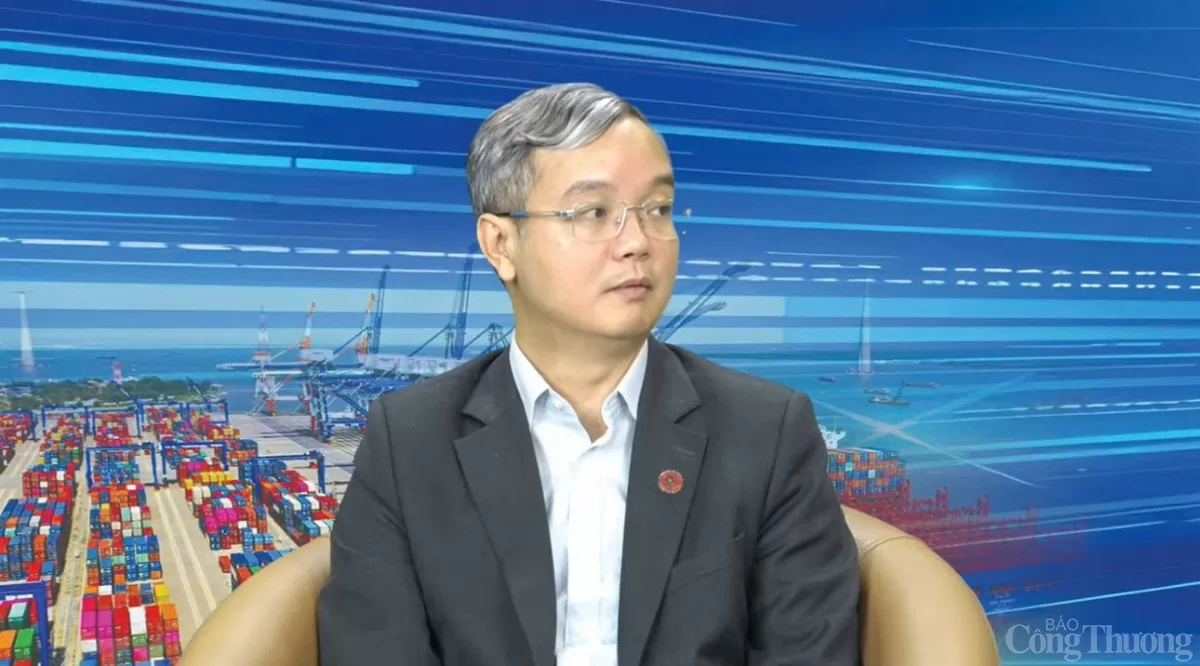 |
Assoc.Prof.Dr. Dao Ngoc Tien - Vice Rector of Foreign Trade University. Photo: Industry and Trade Newspaper |
For the Foreign Trade University, when participating in the task of providing survey services, synthesizing, analyzing data and building the FTA Index, what methods and approaches has the University researched and built this Index to avoid duplication with the PCI Index? With a new Index like this, are localities, agencies and businesses hesitant or worried when participating in the unit's data collection survey process?
The idea of building the FTA Index came from the initial inspiration from PCI (Provincial Competitiveness Index). However, in essence, the FTA Index is clearly different from PCI, especially in two factors: the survey subjects and the survey content.
First, regarding the survey subjects, while PCI focuses on surveying all enterprises in the locality, FTA Index selects the group of enterprises most affected by FTA agreements. These are the enterprises with the deepest understanding of FTAs, thereby fully and accurately reflecting the impacts of implementing these agreements.
Second, in terms of survey content, PCI focuses on issues that businesses directly perceive and are taking place locally, such as administrative reform and the business environment. Meanwhile, the FTA Index closely follows the specific tasks and activities of the Government in implementing new-generation FTAs. The contents of the FTA Index not only include current issues such as providing information or drafting legal documents, but also look to the future, especially the aspect of sustainable development. This index assesses the level of preparation and awareness of businesses about taking advantage of opportunities from FTAs for long-term development.
Regarding the construction method, Foreign Trade University has consulted international experiences such as the United Nations. Although PCI and FTA Index have differences in objects and contents, both are based on common principles of index construction, such as standardization, statistics, synthesis and ranking. In the initial stage, FTA Index may have data limitations, but we believe that it will be improved over time.
The FTA Index is not only an assessment tool, but also an important feedback channel to help state management agencies identify the right focus in policy development and implementation, to ensure that FTAs bring the greatest benefits to the domestic business community, especially small and medium enterprises.
In 2024, Foreign Trade University is the unit selected to perform the task of providing survey services, synthesizing, analyzing data and building the FTA Index. As the agency directly carrying out this task, could you provide more information about the Plan, objectives of organizing the survey, synthesizing, analyzing data and building the FTA Index? What is the most important step when building the Survey Plan? And how will this Survey Plan help localities, businesses, and ministries in the process of implementing the FTA?
Building the FTA Index is an important but challenging task, especially in terms of progress as the Foreign Trade University has taken on this task since the end of September and aims to complete the report by December 31.
The project was approved in October, focusing on building legal criteria that are consistent across the country but still suitable for the characteristics of each locality. The index consists of 4 component indicators, designed based on 5 tasks assigned by the Prime Minister. The survey is expected to be conducted on 4,000 enterprises, with support from the General Statistics Office and the Ministry of Industry and Trade .
In November, the phase of collecting business opinions in 63 provinces and cities was implemented with support from agencies such as the Department of Industry and Trade, customs and tax. However, the biggest difficulty was the cooperation of businesses, many units were not ready to provide information. Propaganda sessions and discussions were organized to explain the meaning and benefits of the index, in order to convince businesses to participate.
The results of the index, when published, will help localities identify their strengths and areas for improvement, creating motivation to improve the effectiveness of FTA implementation. In addition, this index also contributes to raising awareness of FTAs, especially among small and medium-sized enterprises - a group that has not yet fully exploited the potential of FTAs.
 |
| The FTA Index is not only an assessment tool, but also an important feedback channel to help state management agencies identify the right focus in policy development and implementation. Photo: mpi.gov.vn |
It is expected that the FTA Index will be announced at the end of 2024, so we are in the final stages of completing this Index. As the unit that is carrying out the task of developing a plan to investigate and survey the results of FTA implementation, what are the final stages and tasks that need to be implemented? Do you have any recommendations or suggestions for management agencies, localities, and industries to be able to successfully build and put the FTA Index into operation according to the schedule assigned by the Government?
Currently, we are in the final stages of implementing the FTA Index Project. As the host unit, the most important task and also the biggest challenge is to collect enough data and opinions from businesses, which is decisive for the quality of the index.
As I have shared, in the approved project, the number of enterprises in each locality, the type of enterprise, as well as the representativeness have been built very tightly. Only when we collect enough of this information, can we create a quality and reliable FTA Index.
However, there are two main challenges that need to be addressed: Accuracy of business data. During the implementation process, we found that many businesses have changed their operating status, such as ceasing operations or moving headquarters, making it difficult to access. At that time, we had to replace them with other businesses that met the sampling criteria. This extended the implementation time.
Second, it is difficult to approach foreign-invested enterprises (FDI). It is very difficult to meet directors, especially foreigners. In many cases, business leaders do not have time or are not willing to answer. For small and medium-sized enterprises (SMEs), most of these enterprises do not have a department or specialized staff to answer the questionnaires. Furthermore, the FTA Index questionnaire includes many complex contents such as information provision, support policies, and issues related to sustainable development. This requires respondents to be business leaders, leading to a long time to complete the survey. In some cases, we had to approach businesses 2-3 times to collect data.
In the current sprint phase, the utmost focus is on collecting the most complete and accurate data. Therefore, we look forward to receiving stronger support from provinces and cities, especially from the Provincial People's Committees, Departments of Industry and Trade, and local agencies. Although localities have provided a lot of support, in some cases, accessing businesses is still difficult. Part of the reason may stem from the different levels of engagement between state management agencies and businesses in each locality.
In addition, we also hope to receive cooperation from business associations (such as the Association of Small and Medium Enterprises or local business associations). This is an important channel to be able to approach businesses more effectively.
Finally, we hope that businesses and associations are willing to provide information in the most authentic and truthful way. This will create an input data source that ensures accuracy and meets the approved project. This will be the foundation for us to calculate and publish the FTA Index successfully and effectively.
After the FTA Index is announced, what steps and actions will the Foreign Trade University take to work with the Ministry of Industry and Trade to guide relevant units to best benefit from the FTA Index? What recommendations and proposals does the University have for localities, businesses and industries?
The FTA Index will be the first database in Vietnam to record businesses’ perceptions and assessments of international economic integration. This is not only a national-scale aggregated data, but also provides detailed analysis to understand the differences between business types such as small and medium-sized enterprises, manufacturing-exporting enterprises, or trading enterprises.
The Foreign Trade University and its research units will exploit this data to support ministries, sectors and localities in developing policies suitable for each type of business. Each locality needs to analyze the data to identify strengths and weaknesses and have plans for improvement, such as balancing the pillars of finance, information and sustainable development according to new generation free trade agreements.
The publication of the index is just the first step, more importantly, it is the effective exploitation of data to support ministries, sectors, enterprises, associations and localities to improve their operations. We also hope to continue the survey in the coming years to assess the progress and impact of policies, turning this index into a long-term monitoring tool in the implementation of free trade agreements.
Thank you!
Source: https://congthuong.vn/dau-la-diem-khac-biet-cua-bo-chi-so-fta-index-trong-viec-danh-gia-hoi-nhap-kinh-te-362851.html
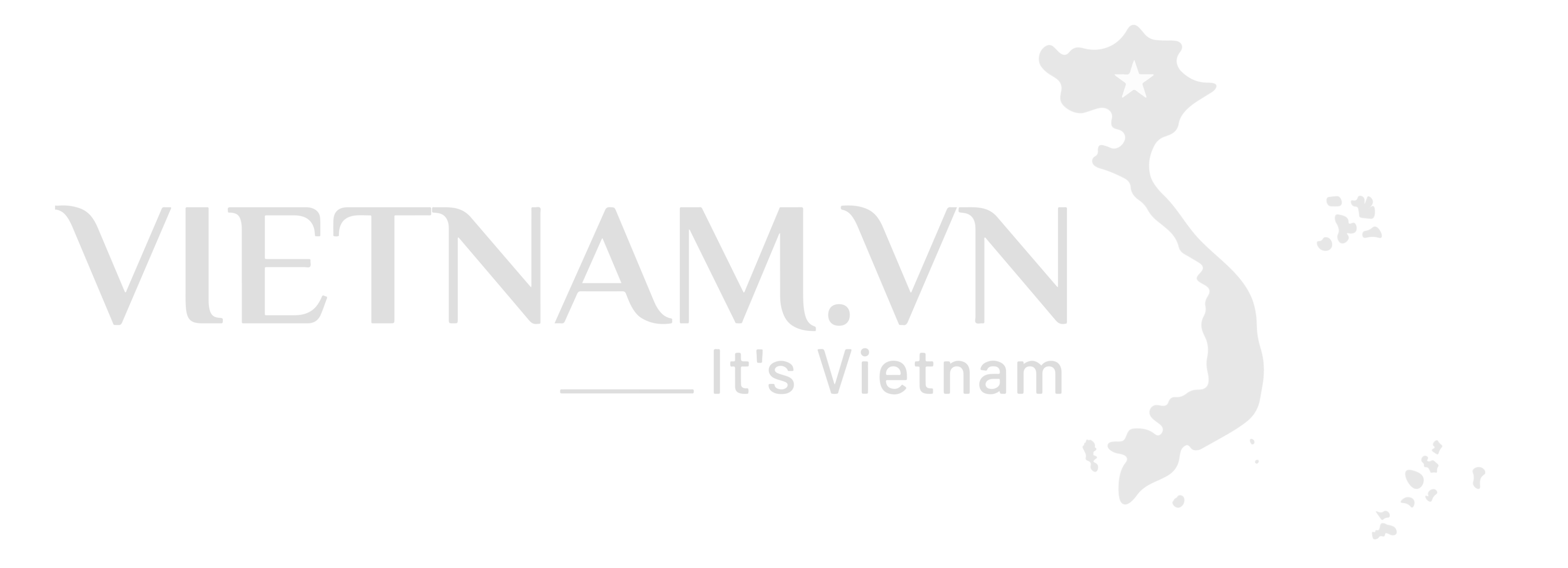


![[Photo] National conference to disseminate and implement 4 Resolutions of the Politburo](https://vphoto.vietnam.vn/thumb/1200x675/vietnam/resource/IMAGE/2025/9/16/5996b8d8466e41558c7abaa7a749f0e6)
![[Photo] Prime Minister Pham Minh Chinh attends the closing ceremony of the exhibition of national achievements "80 years of the journey of Independence - Freedom - Happiness"](https://vphoto.vietnam.vn/thumb/1200x675/vietnam/resource/IMAGE/2025/9/15/a1615e5ee94c49189837fdf1843cfd11)
![[Photo] General Secretary To Lam chaired a working session with the Standing Committee of the Party Committee of the Ministry of Foreign Affairs](https://vphoto.vietnam.vn/thumb/1200x675/vietnam/resource/IMAGE/2025/9/15/f26e945b18984e8a99ef82e5ac7b5e7d)

![[Photo] General Secretary To Lam attends the National Conference to disseminate and implement 4 Resolutions of the Politburo](https://vphoto.vietnam.vn/thumb/1200x675/vietnam/resource/IMAGE/2025/9/16/70c6a8ceb60a4f72a0cacf436c1a6b54)







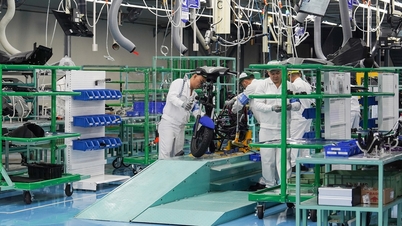




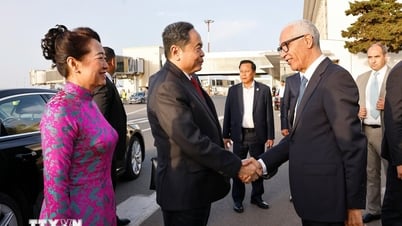



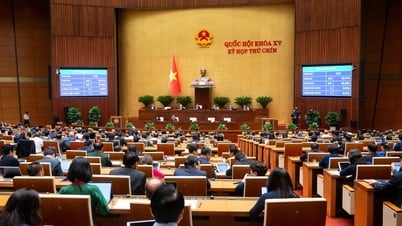

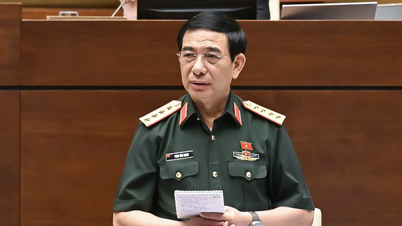


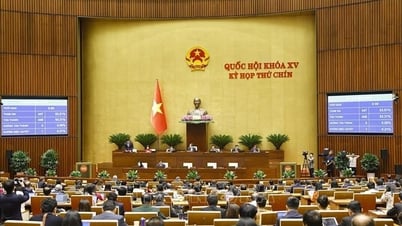






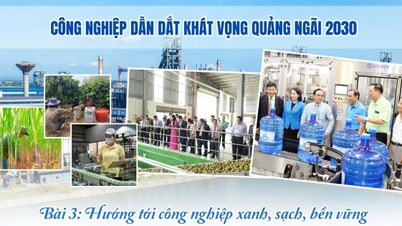
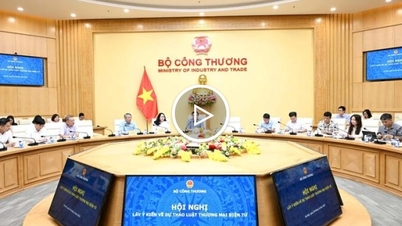


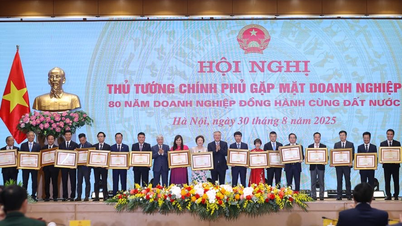























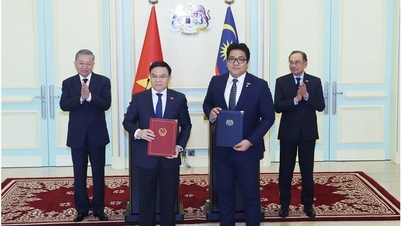






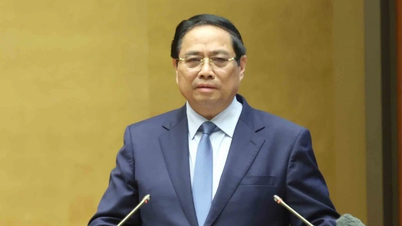








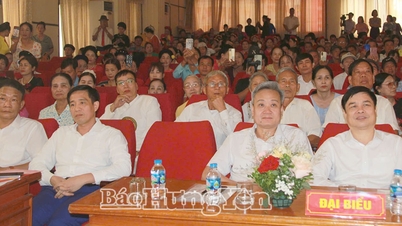

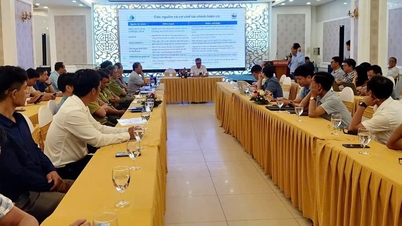






















Comment (0)